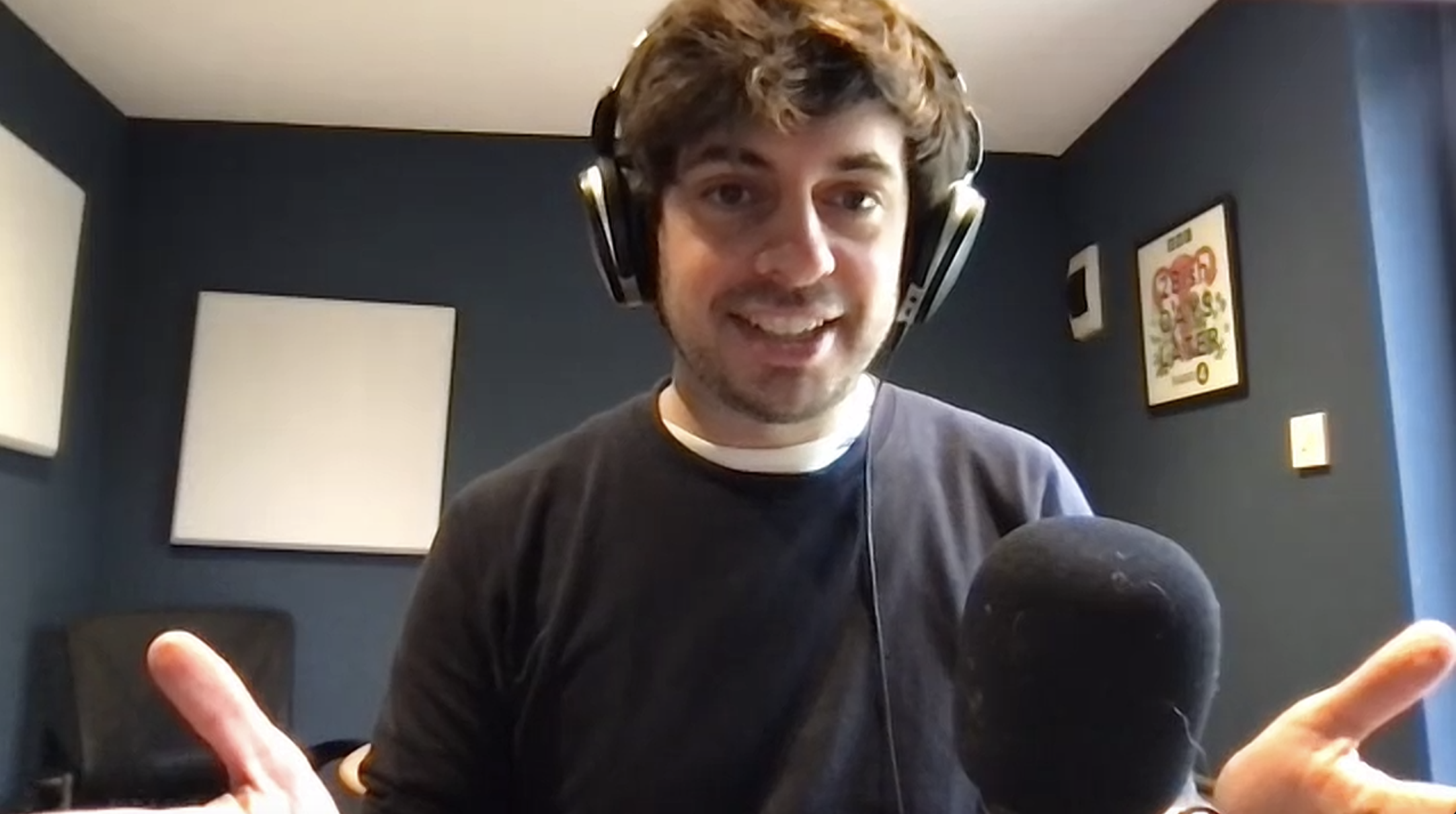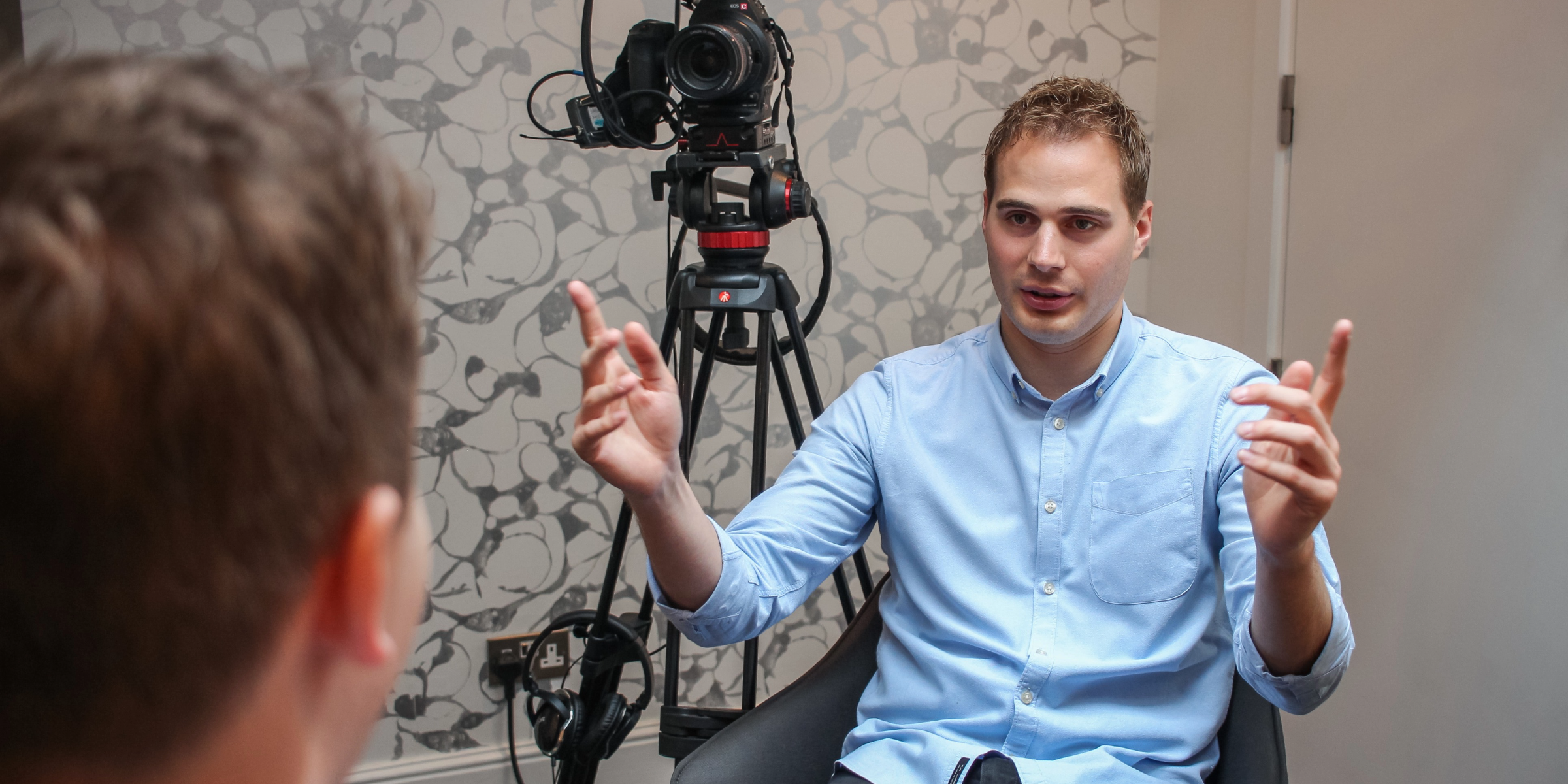The media landscape is always evolving, but digital technology has changed it in a dramatic way.
When it comes to broadcast in particular, the impact of digital has been significant in the sense that content is no longer made to be broadcast on one platform only. In fact, when producing an interview, journalists will consider whether it can be consumed and understood without the need of watching the entire programme.
In other words, can it be clipped for social media? A good media spokesperson has to be an expert in their field, capable of interacting with journalists in a calm and confident manner. However, they also need to be aware of what the media landscape looks like and what it requires from them.
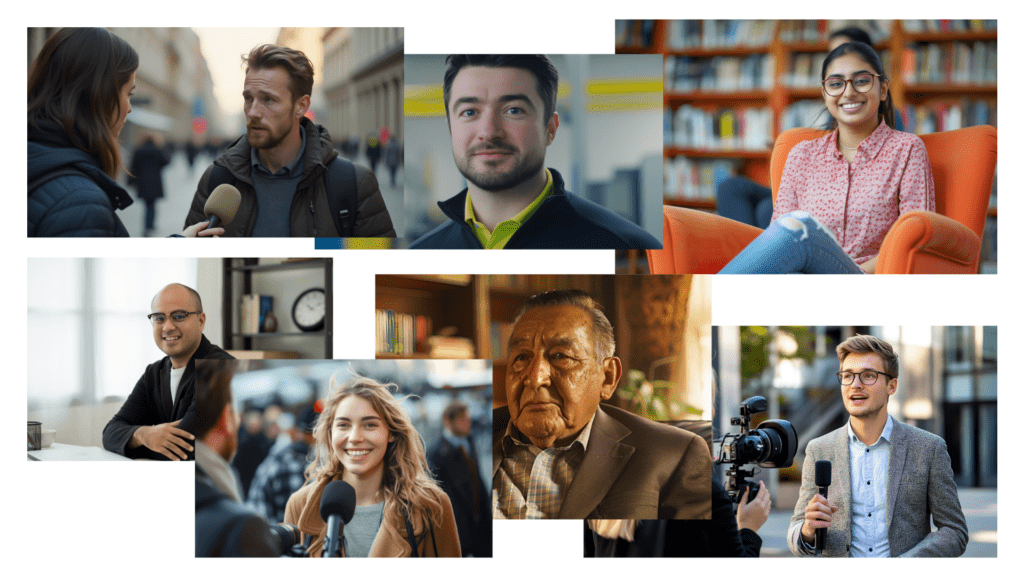
The lines between media platforms are becoming increasingly blurred
Gone are the days in which an interview would only be broadcast across one channel. Think about radio, you will have noticed that it is now commonplace for studios to be fitted with video cameras too. You will even find that some programmes are streamed on YouTube in full, as if they were a TV show. Guests who join a conversation remotely can be expected to appear in vision, rather than just on a phone line or FaceTime audio. And even in the cases in which we can’t see a guest, it is still possible for a clip of their interview to be shared elsewhere.
What's been happening in radio?
Radio networks have been working hard to improve their social media presence for years. At the time of writing this blog, BBC Radio 1 counts with 2.8 million followers on X, while LBC has 1.13 million subscribers on YouTube, and 2.4 million people follow Capital on TikTok.
When it comes to the BBC, it is not unusual for journalists to write an online article off the back of an interview originally broadcast on, let’s say, 5 Live’s Wake Up To Money. And at a regional level, Bauer stations are brilliant at promoting their content in this way too – an interview may be used in a regional Greatest Hits Radio news bulletin and then be written up for the news section of their website.
This means that, when producers look for a guest, they are inevitably going to end up booking a person who will also work well on social media platforms, somebody who is “clippable”. But what does this mean?
In practical terms, a media spokesperson must master the art of the soundbite. This doesn’t mean they have to speak in short, snappy sentences (an interview still has to flow like a natural conversation), but they need to be able to answer questions concisely while maintaining focus on the key messages and the news lines the journalist will be looking for.

What about television?
Let’s look at TV now. Sky News, for example, broadcasts over Freeview in the UK, but also streams on YouTube for global audiences – where the channel has 8.39 million subscribers at the time of writing. Additionally, producers share clips of interviews on social media channels such as Facebook (10.9 million followers), X (8.5m), TikTok (7.9m), and Bluesky (28.6k).
And it’s not just about social media, ITV News audiences can catch up with news packages on ITV’s on demand platform ITVX.
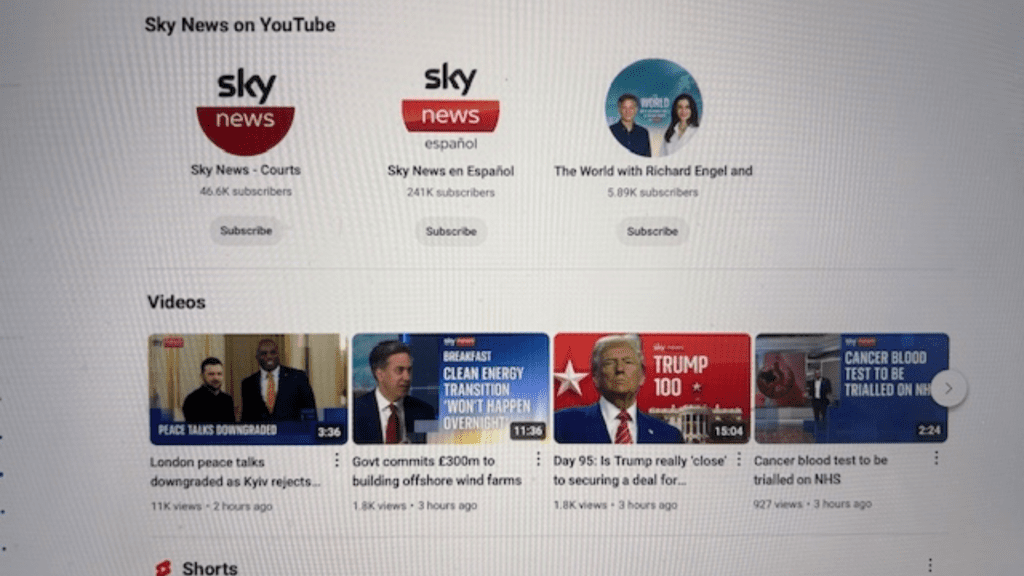
And podcasts?
Meanwhile, the podcasting world is an interesting one. Podcasts first popped up in the early 2000s, designed to be listened to on demand on an iPod or mp3 player and accessed by an RSS feed. Things got easier when smartphones hit the market and audio streaming apps became more and more popular. And in the last few years, with the advent of social media networks and video streaming platforms, podcast episodes are often filmed and distributed in a video format as well. Some people consume them in the same way they would consume a TV show.
Finally, what about print?
You may be forgiven for still being under the impression that an interview with a print journalist will end on a newspaper page only. But the reality is a little bit more complex.
Digital technology has completely transformed how newspapers and magazines operate at the point of creation, distribution and consumption of content. Every publication has a website, which is not just another distribution and engagement channel, but – through advertising – a critical source of revenue.
These days, it is standard for print interviews to be published online as well. Clicks and eyeballs translate into money so articles will be shared on social media platforms to generate engagement. But content needs to be entertaining, and in a world where attention spans are getting shorter, video is key. This leads to many interviews being filmed to be shared in this form too, whether it’s partially or in full.
Let’s look at The Times. An interview with one of their journalists has the potential to appear in print and their website, but it can also be played in audio form on Times Radio, be featured in a podcast or have a video clip shared on social media.
Spokespeople
We have discussed the need for spokespeople to be aware of the media landscape before they make an appearance. In addition to this, it is also imperative for them to be tech-savvy.
Broadcasters will always aim to book a guest in the studio. However, there is sometimes an editorial reason justifying why someone might appear via a video call. For this reason, it is essential that spokespeople feel confident operating the tech which is needed to establish a connection.
Preparing for an interview
Some of the questions you may want to ask yourself ahead of an interview are:
- What is the difference between Zoom and Teams?
- Can I use FaceTime audio without an iPhone?
- How do I enable wi-fi calling to maximise audio quality?
- How do I turn off my app notifications ensuring I don’t miss the producer’s call?
- How do I unlock my phone to take a video call in landscape mode rather than portrait?
- What do I do if my Bluetooth headset doesn’t connect?
As a producer, there is nothing more frustrating than booking a fantastic guest for an interview for it not to go ahead due to technical issues. Some things can’t be helped, like a power cut or a phone line dropping in the middle of an interview.
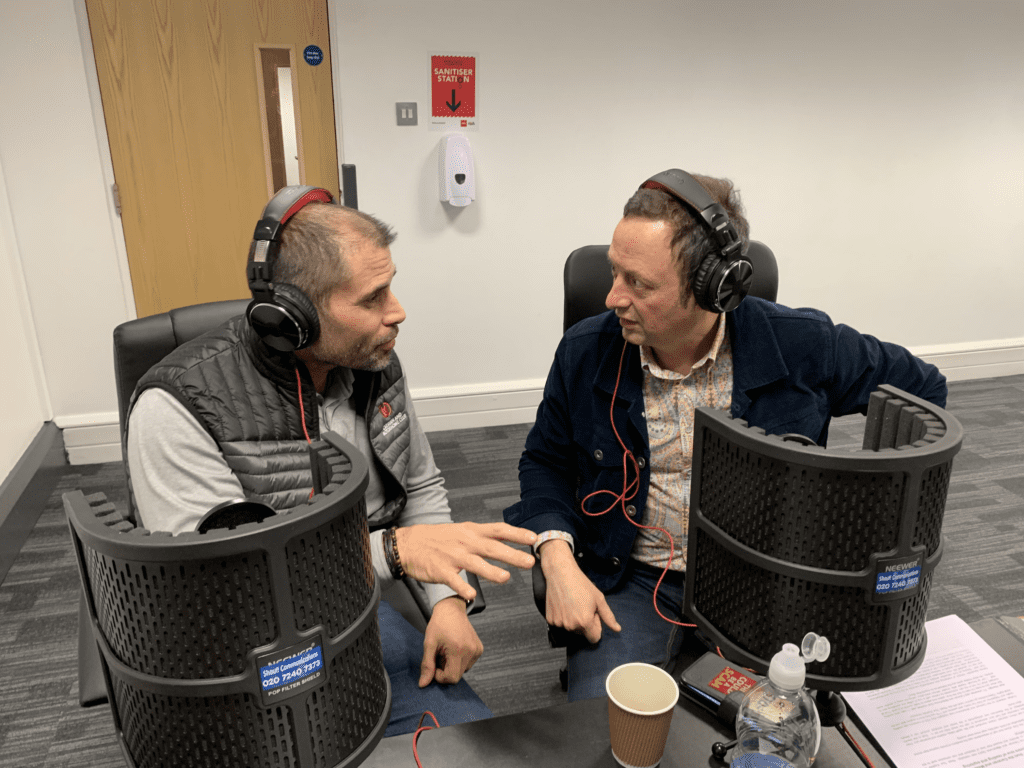
Getting tech savvy
Some of the questions you may want to ask yourself ahead of an interview are:
- What is the difference between Zoom and Teams?
- Can I use FaceTime audio without an iPhone?
- How do I enable wi-fi calling to maximise audio quality?
- How do I turn off my app notifications ensuring I don’t miss the producer’s call?
- How do I unlock my phone to take a video call in landscape mode rather than portrait?
- What do I do if my Bluetooth headset doesn’t connect?
As a producer, there is nothing more frustrating than booking a fantastic guest for an interview for it not to go ahead due to technical issues. Some things can’t be helped, like a power cut or a phone line dropping in the middle of an interview.
Mitigating tech problems
However, most of the time, tech issues are preventable. You’d be surprised at how often I had to talk guests through the process of unlocking their screen so their phone would flip to landscape mode or show them how to change their laptop audio settings so their earphones would connect. Ironing out these little issues can take a few minutes, which sometimes meant that interviews made it to air late or were dropped. This can be very frustrating for a producer, but also for the brand putting forward the spokesperson, as all the effort put into securing and prepping for an interview could have been for nothing.
Tech can be confusing for everyone, not just the older generations. In fact, some of the situations I’ve just described were with people in their twenties and thirties. If you don’t feel confident handling the tech needed for a remote appearance, flag it to the producer immediately as they may be able to help ahead of time. Or you can also ask a colleague to sit in with you at the time of your interview.
Some broadcasters insist on doing a tech test before an appearance, either the same day or the night before. Again, I would sometimes find that people refused to do them, saying they had no time. The point of tech checks is precisely to get ahead of any potential issues you could encounter and help you fix them. The test will mainly focus on the device and internet connection and my advice, as a former producer, is to always go ahead with it. In the best of cases, it will only take a couple of minutes and, in the worst-case scenario it will spot a problem and resolve it.

Interview dynamics have changed
Social media has made audience interaction easier and more immediate than ever. Think about Good Morning Britain, for example, where presenters have a tablet in which they can see social media posts in real time. This makes it perfectly possible for a guest to be blindsided with a question or a negative comment from a viewer.
In some contexts, presenters will also have access to their phone during a programme, making it easy for them to fact check statements in real time or look up additional information.
For spokespeople, this means that they have to be extra careful with any stats or data they provide, making sure it’s accurate. Even if they make an honest mistake, it could appear like they’re deliberately trying to mislead the audience.
In terms of the risk of being faced with audience questions or negative comments, it’s important for spokespeople to be equipped with techniques to empower them to take control and bring the conversation back on message. This is something that can be explored and put into practise during a media training session.
How to become a spokesperson for the digital age
If you’d like to become the perfect spokesperson for the digital age, don’t hesitate to get in touch.
Whether it’s mastering the perfect soundbite, learning bridging techniques to avoid tricky questions, or even get familiar with the tech involved in different interview settings, Shout! Communications can help.
For more information, please call 020 7240 7373 or email hello@shoutcommunications.co.uk

